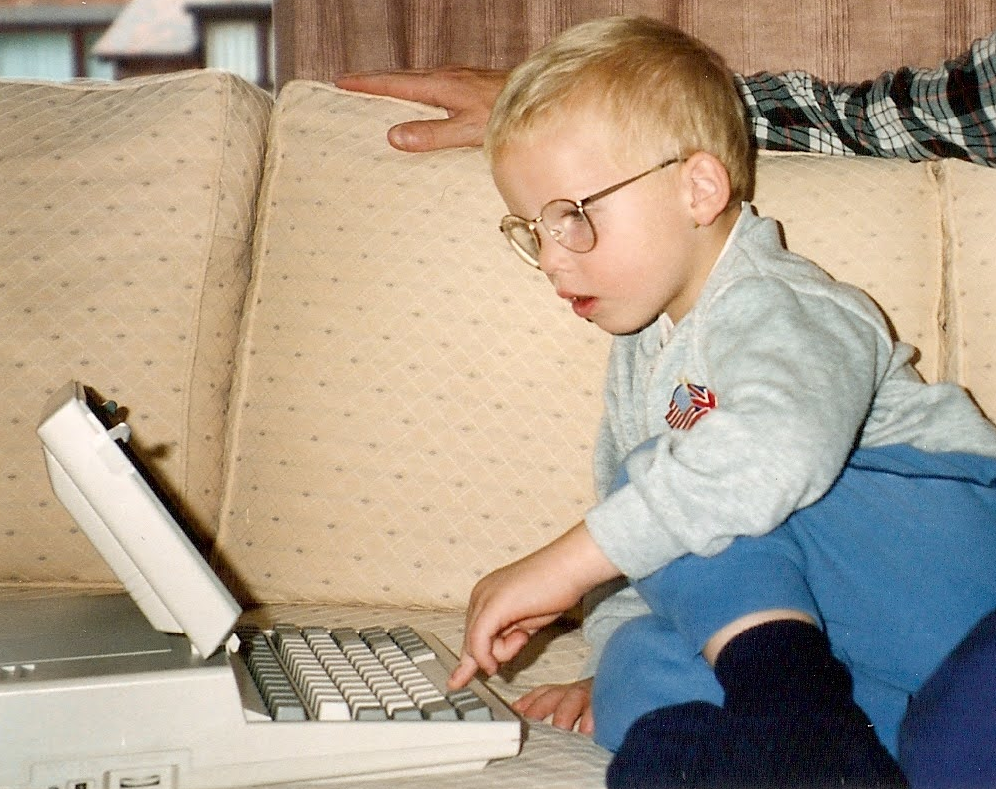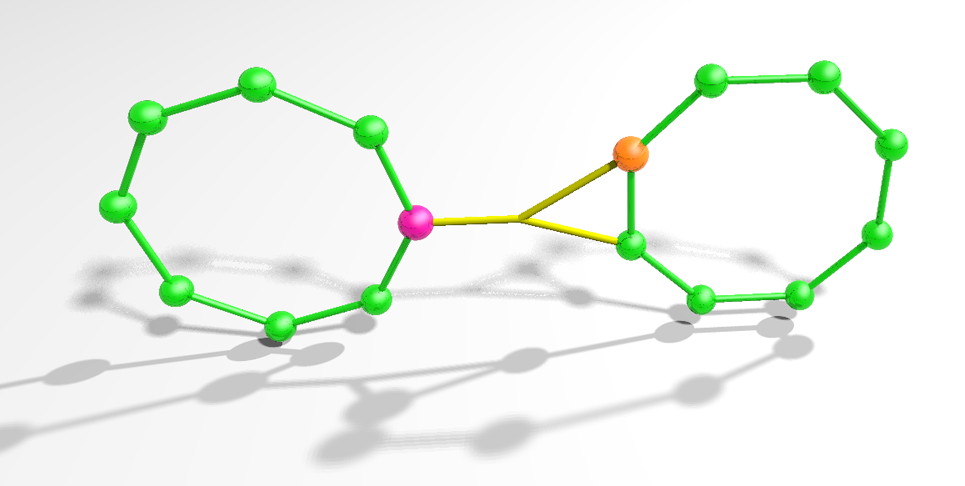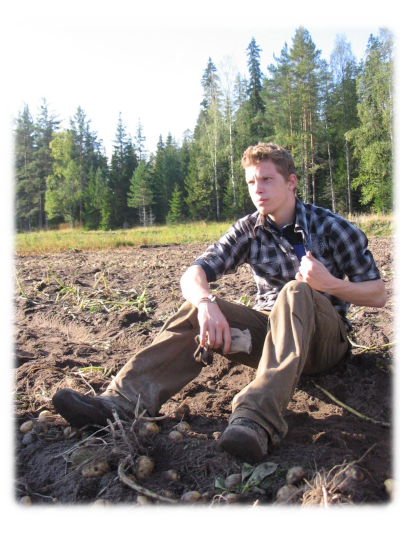My first paid web project was in 1999 at the age of 12, when I developed the public-facing website for my secondary school. That site has, fortunately, been long-since deprecated! The web has changed dramatically since then, as have all the tools and technologies that build it.
I have been working with the .NET stack for about 8 years, with professional experience in both front-end and back-end development.
For my personal projects, I'm particularly interested in visual representations of mathematical systems. I've written a lot of code for rendering simulations of chaotic systems and fractal structures.

Back-end
I have typically been working with ASP.NET MVC 5 with Entity Framework and SQL Server and Azure. I especially enjoy working with SignalR to allow of seamless client-server communications. More recently, I have been working a lot more with ASP.NET Core 5.0, Dynamics CRM and FetchXml.
Front-end
Throughout the years, I have touched upon so many Javascript libraries and frameworks. I started writing just plain JQuery and CSS, then started making single-page applications with Knockout.js and Bootstrap. I absolutely loved the two-way data-binding, allowing for dynamic pages to be built really easily. From then, I moved on to Angular to build much bigger and more versatile applications with complex components. I also have experience with React.
I especially love d3.js for interactive data visualisation. This framework is incredibly powerful, though a little complicated to set up correctly. But once working, it can do a wide variety of stunning visualisations and data manipulations.
Tools
I enjoy working with the latest technologies, for development and design. My IDE of choice is JetBrains Rider, though I have used Visual Studio 2012 through to 2019 (with Resharper). I use Fork for as my desktop Git client. For design, I have experience using
- Adobe Photoshop
- Adobe Illustrator
- Adobe InDesign
- Adobe Premier Pro
- GIMP
- ffmpeg
- LaTeX
- POV-Ray
- Blender
Education
September 2009 - September 2013
Towards Quantum Information Processing with Cr3+ based Heterometallic Clusters

I have always had a keen interest in the future of computing at its most fundamental level. As computers become ever-smaller, the more powerful our techology becomes. However, there is a fundamental limit to miniaturization - the limits of matter itself. At this limit, we must start to exploit quantum mechanics to perform computations.
During my PhD in the School of Chemistry, I had the opportunity to explore the magnetic properties of a series of large molecules and ascertain their potential applications for quantum computing. I performed spectroscopic studies on a series of compounds, ran detailed simulations to understand the relative magnetic properties of them, and was also involved in a project to build a custom cryostat to investigate such compounds at temperature scales below 1 Kelvin.
My research involved a lot of large scale data analysis and manipulation. While I may not have discovered the next quantum computer, I did discover my passion for programming and would go on to use that outside of academia.
Publications:- Towards Quantum Information Processing with Cr3+ based Heterometallic Clusters
- A Detailed Study of the Magnetism of Chiral {Cr7M} Rings: An Investigation into Parametrization and Transferability of Parameters
September 2009 - September 2013
Upper Second-Class Honours (2:1)

I have always had a keen interest in the mathematical underpinnings of reality, and so I was keen to study Theoretical Physics at Lancaster University. Lancaster University was, at the time, the coolest place in the known Universe.
My masters project involved studying the braiding statistics of Abrikosov vortices in the 5/2 fractional quantum Hall effect as non-abelian anyons for fault-tolerant qubits in topological quantum computers.
Employment
Full-Stack .NET Developer
April 2018 - Present
The Royal Institution of Chartered Surveyors (RICS) is a professional body that promotes and enforces international standards in development, management, and valuation of land, construction and infrastructure. RICS effects positive change in the built and natural environments.
My work at RICS has touched upon a vast array of different projects, from supporting vital legacy systems to building new applications and procedures.
.NET Developer
December 2013 - April 2018
My position at Electrika was originally to automate various administrative tasks related to the business. I developed numerous ASP.NET web applications that fully automated otherwise pretty time-consuming manual processes.
So that I didn't automate myself out of a job, I expanded my role to develop a novel new hierarchical database structure and developed a large scale content creation using AngularJS and an API to allow others to consume our data.
My responsibilities and experiences in this position included:
- Maintaining a large legacy ASP.NET Web Forms codebase and implement new features and bug fixes
- Designing a node-based database structure for storing catalogue data and writing back-end C# code with EntityFramework and SignalR to recursively navigate and manipulate the data structure
- Developed Web APIs to serve data to external companies, currently in use to power the websites of several large global electrical manufacturers, such as Legrand, Unitrunk, Kosnic Lighting, Ansell Lighting, and Schneider Electric
- Developing an internal ASP.Net Web Forms application to automatically generate a series of marketing reports, collating data from SQL database and Google Analytics API
- Training and mentoring junior developers and summer students
- Set up and maintained all company social media accounts
Xerographic Engineer (Fuser Module)
July 2006 - October 2006, July 2005 - October 2005
I spent two summers working as part of the engineering team at Xerox.
- Involved in an emergency task force to solve critical problem involving a new set of toner
- Analysed faults using Failure Mode and Effects Analysis to prioritise problem solving
- Used statistical techniques such as regression and correlation analysis
Volunteering
Labourer
July 2007 - September 2007
I spent a beautiful summer volunteering at the Valaam Monastery, located on a small island in the middle of Lake Lagoda. This is the largest lake in Europe, and being in the middle of it feels completely remote and isolated.
The work involved mostly physical labour, such as chopping wood, moving hay and harvesting potatoes and beetroot.
